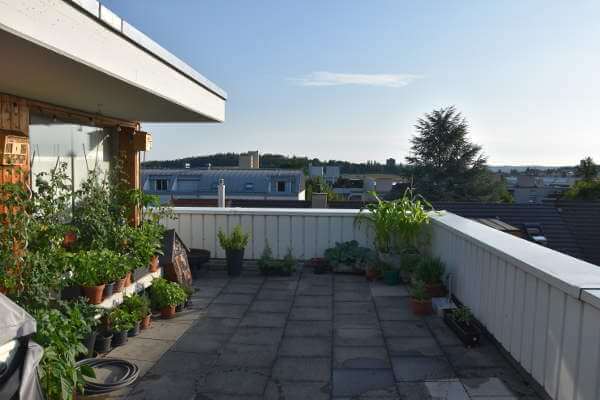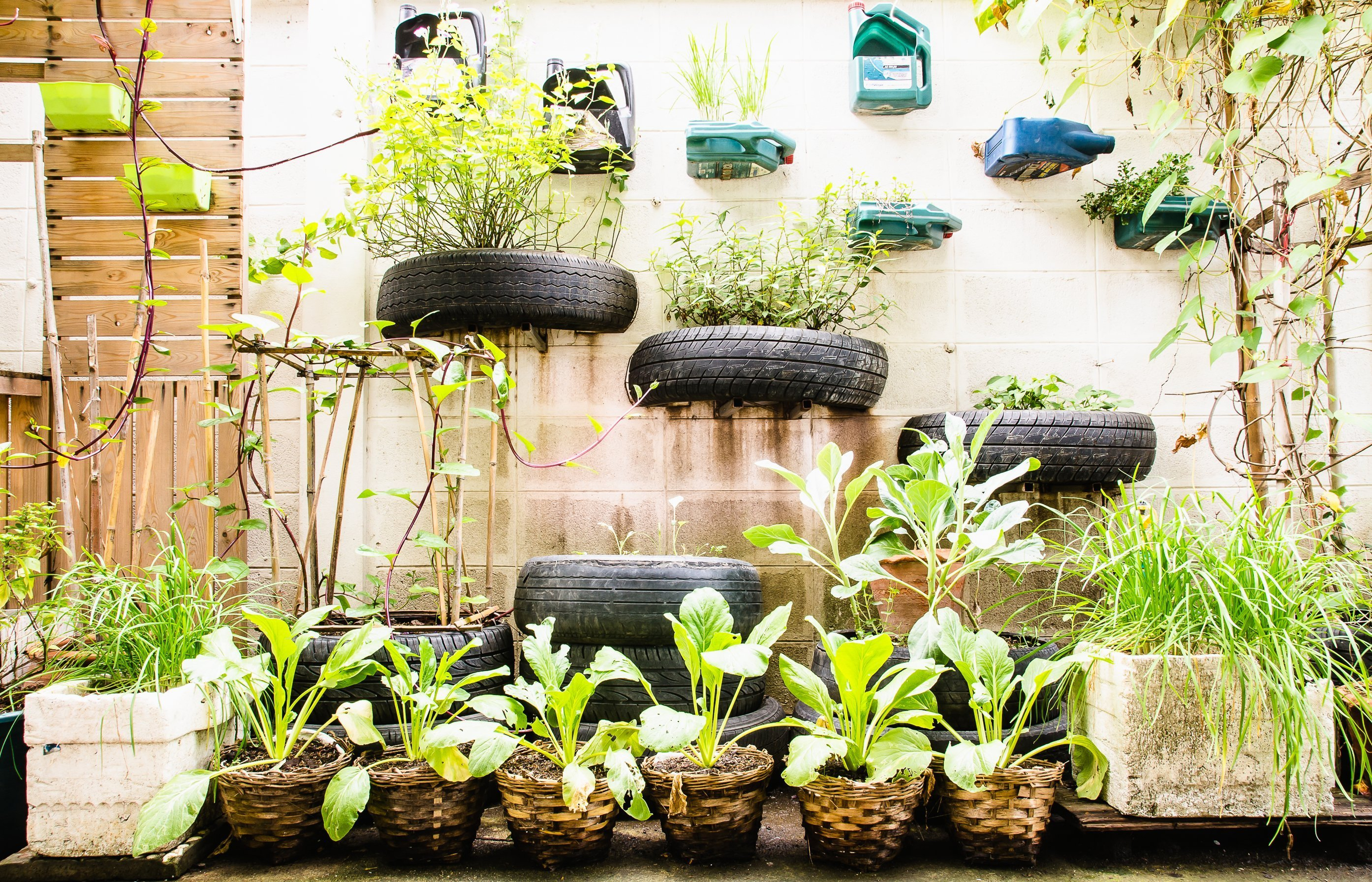first research (part 2):
How to know your food is sustainable?
- what's in your pasta?
- where do your products come from?
- factors sustainable or not sustainable?
spaghetti with veggie bolognaise
|
ingredients
|
Place it comes from -> distance
|
|
spaghetti (dry weight), 320 g
|
|
|
red onions, 2
|
India – Begium: 7.058,35 km
Asia – Belgium: 7.542,46 km
|
|
carrots, 3
|
Central Asia - Belgium: 4.669 km
|
|
green celery, 2 stems
|
Switzerland - Belgium: 646,5 km
|
|
tomato cubes, 800 g
|
Central Amerika – Belgium: 9.040,47 km
South Amerika – Belgium: 9.598;41 km
|
|
garlic, 2 cloves
|
China – Belgium: 7.733,76 km
Asia – Belgium: 7.542,46 km
|
|
red wine, 1 glass
|
France - Belgium: 657,8 km
|
|
Puy lentils (dried), 100 g
|
France - Belgium: 657,8 km
|
|
bay leaves, 2
|
Can be grown in your own garden
|
|
herbs (dried, such as oregano and basil)
|
France - Belgium: 657,8 km
Italy - Belgium: 1.439,1 km
England - Belgium: 537,04 km
|
|
olive oil, 2 tablespoons
|
the Mediterranean - Belgium: 2.085 km
|
sustainable:
- You can grow bay leaves at home
- it has no meat -> veggie
not sustainable:
penne all’arrabbiata
|
ingredients
|
Place it comes from -> distance
|
|
500 g penne
|
|
|
3 onions
|
India – Begium: 7.058,35 km
Asia – Belgium: 7.542,46 km
|
|
6 tomatoes
|
Central Amerika – Belgium: 9.040,47 km
South Amerika – Belgium: 9.598;41 km
|
|
3 decilitres tomato pulp in cans or bricks
|
Central Amerika – Belgium: 9.040,47 km
South Amerika – Belgium: 9.598;41 km
|
|
2 cloves
|
Indonesia - Belgium: 11.429 km
|
|
1 red chilli pepper
|
Mexico - Belgium: 9.115 km
|
|
olive oil
|
the Mediterranean - Belgium: 2.085 km
|
|
150 g Parmesan cheese (block)
|
Italy - Belgium: 1.439,1 km
|
sustainable:
not sustainable:
Imagination
- People already doing some Urban Gardening without knowing.
- We want to show people how they can do their part and let them know a bit more
- bring back more green space to the cities
- spread the knowledge we gain out of this project
- motivate people to do some gardening with easy steps
Expetations
- I think it will be hard to do an interview on the street. It could be a struggle that people take their time and maybe the weather isnt good as well.
- For the Interview in the shop it could be difficult to find a shop were they are open to help or find a shop which has time for us.
- The survey could be a success. I know a lot of people also around the world, so we will be able to see different views all over the world to this topic.
- I can imagine that our plan might not work out and we spontaneously change our plans.
in progress
my research questions:
- What type of spaghetti/pasta is the most sustainable?
- How can I make my own spaghetti more sustainable?
first research:
A mind map from the different types of pasta I eat (it’s in Dutch so my further research would be easier)
-> the general types are the ones I know I eat through the year
-> the specific ones are the types I normally don’t eat, the recipes are from Libelle

My pasta = penne with bolognaise sauce
-> not sustainable
The pasta’s I’m going to research specific:
- spaghetti with veggie bolognaise
- penne all’arrabbiata
In this project, I am going to investigate how the companies in Belgium contributes to creating a sustainable food industry. Most of the companies do this by supporting local food production. But buying local food starts with the short-chain.
When there are no intermediaries we talk about a short-chain. It means that you buy straight from your farmer and that you know where the product is coming from. As a result, the product travels fewer kilometers, and packaging waste is reduced. You always get seasonal vegetables and you support the local economy.
Why should it be local or straight from a farmer?
- You get a fair price
- You support the farmers
- No intermediaries
- No unnecessary transport or packaging à benefits the environment.
- In touch with the agricultural activity
- Learn to appreciate the advantages of seasonal products
- Shopping locally could create as many as 1,785 extra jobs.
- …
The company “Recht van de Boer” or “straight from the farmer” is one of the many companies in Belgium that supports farmers in producing local food. I am going to investigate how the company Recht van de Boer contributes to creating a sustainable food industry in Belgium.
Research about this topic:
What is urban gardening?
Urban gardening came from the USA to Europe and got big in the '90s. The focus is on beautifying and enriching life in the city and creating new communities. It has many different types of urban gardening. These different types you can find in the first link.
The motto of urban gardening is recycling instead of high-tech, creativity instead of professionalism.
Urban Gardening and Urban Farming have existed since the construction of urban developments. The lack of transport facilities and the short shelf life of food made it impossible to produce it in regions far away from the demand for this food. With increasing globalization and improved transport routes, the knowledge of how to grow vegetables and fruit was then lost again.
Nowadays, a large part of the urban population is again interested in producing their own vegetables and fruit.
In Switzerland, we have many shops where you can buy things for urban gardening. For example in the second link there you can find a shop in Wädenswil, Switzerland.
Link 1 - what is urban gardening (reset.org)
Link 2 - urban gardening shop
Link 3 - urban gardening information
This is a balcony from Oerlikon, Zürich where the resident does urban gardening.

For this research, I took 30min of my time.
My imagination about this topic
I understand urban gardening to mean the planting and cultivation of my own products. In this context, I also mean bringing green back into the cities and trying to live in an environmentally friendly and "green" way. Urban gardening can be a small garden on the balcony or can be taken over by the cities on a grand scale. For example with city parks and so on.
We are going to do a survey and have an interview with a shop owner. I hope that the interview will provide me with further and exciting information for our brochure. I also hope to get a clear picture of a possibility for my own needs.
From the survey, I hope that we can inform and motivate people. I am also very curious to see how urban gardening is used or applied in different countries and how well known it is.
In my imagination people already know a lot about it and do this urban gardening already without being aware of it. But you have to make people aware that this is a great contribution to our climate.

How can you get people to implement climate-changing measures?
What is our goal?
We would like to get people to implement climate-changing measures. We want to know, why some people do not implement them and what they'd need to change their opinion. Is lack of information? Financial reasons? Do we need laws? It would also be interesting to know where the costs arise above all from doing nothing about the climate. It would be really nice if we could find someone who could answer this question.More...
New collaboration teams are emerging from Moretus Ekeren, Antwerp, Belgium - We are looking forward to a great collaboration!
It's all about communication and collaboration across cultures, across borders, in the context of a "real life" project.
The climate is changing. Cities are responsible for around three quarters of CO2 emissions. In order to reduce emissions, it is necessary to switch to other forms of energy production.
For this purpose, it is possible to install solar systems, heat pumps or geothermal probes.
Unfortunately, these procedures are very expensive to install. Therefore, it makes sense to promote the purchase of such equipment.
In my project I would look into the question, which subsidies are already available from the state or where there is still need for action. So that more households can afford such equipment.